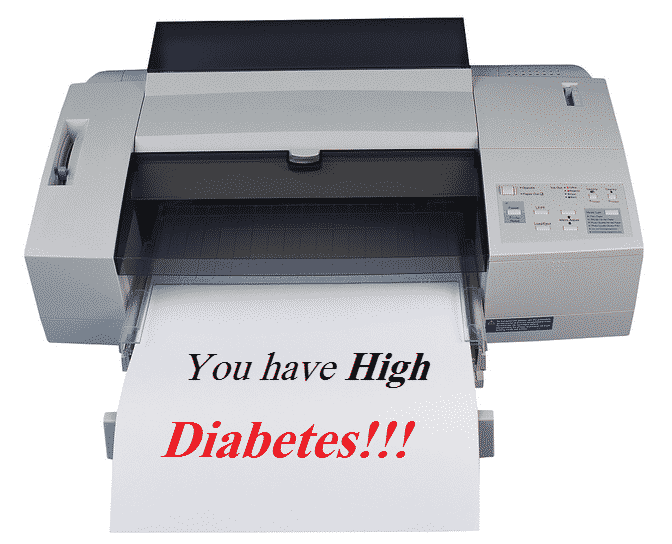Are you suffering from diabetes and want to diagnose your sugar level? Or do you want to have a test to be sure whether or not you have diabetes? Well, if you have an inkjet printer, then you don’t need to go to a diagnostic center or hospital to diagnose diabetes. Now, you can turn your inkjet printer into a chemistry lab and then you can use it to diagnose diabetes!
A group of enterprising chemists from Tsinghua University have figured out that inkjet printers can be turned into a chemistry lab. According to them, inkjet printers are “an astonishing feat of precision engineering” and they can “achieve more than a million different hues and shades” from “mere nanolitres” of ink with “pinpoint accuracy.” Using these features, the chemists have “exploit[ed] that precision engineering” to “screen millions of different chemical reactions.”
Chemist Yifei Zhang has mentioned that every chemical process that goes on in living organisms is controlled by a cascade of reactions. The steps in a cascade are mediated by protein molecules called enzymes. Each enzyme makes a small chemical alteration, like workers on a production line, to a molecule before passing its product onto the next enzyme. If the inks are replaced by solutions of enzymes, then suddenly we get a device that has the potential to dispense more than a million different reaction mixtures.
Yifei and his colleagues loaded their printer with a series of enzymes that, when they work together in the correct ratios, produce colored reaction products. These were printed directly onto paper where it was immediately obvious, from the intensity of a colored dot, which reaction mixtures worked best.
They made a test. They put glucose and a chemical called ABTS in the magenta cartridge, then the enzymes glucose oxidase (GOx) and horse-radish peroxidase (HRP) in the yellow and cyan cartridges. When they were mixed together, the GOx removed a hydrogen from the glucose and added oxygen to it, producing hydrogen peroxide. Next the HRP reacted this with the ABTS, which resulted in a green chemical.
However, Yifei and his colleagues have already shown that by loading the printer cartridges with the right enzymes they can use the set up to indicate the presence of glucose in a sample. Glucose in urine is a indication of diabetes, so their printer-based chemistry already has the potential to diagnose diabetes. The chemists have published their result in the journal Chemical Communications.
Source: The Conversation
[ttjad keyword=”printers”]




